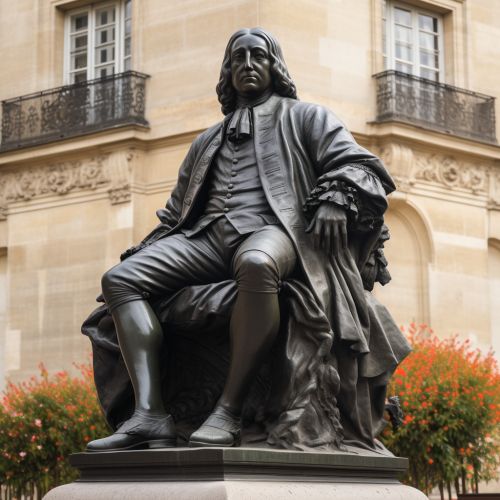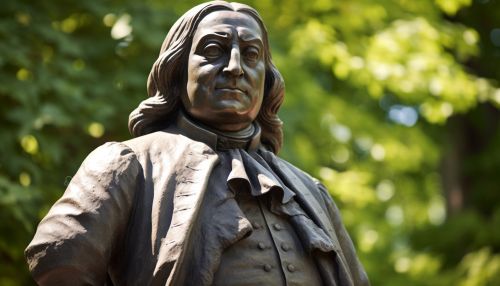Pierre de Fermat
Early Life
Pierre de Fermat was born in the first decade of the 17th century in Beaumont-de-Lomagne, France. The exact date of his birth is unknown. His father, Dominique Fermat, was a wealthy leather merchant, and his mother was Claire de Long. Fermat had three siblings, and he was the eldest among them.
Education
Fermat received his early education in his hometown. Later, he moved to Bordeaux in the late 1620s. In Bordeaux, he began his first serious mathematical researches and in 1629 he gave a copy of his restoration of Apollonius's De Locis Planis to one of the mathematicians there. From Bordeaux, Fermat went to Orleans to study law, earning a bachelor's degree in civil law in 1631.
Career
After completing his education, Fermat bought an office in the Parlement of Toulouse, one of the High Courts of Judicature in France, and was sworn in by the Grand Chambre in May 1631. He was promoted to the position of councillor in 1634.
Fermat's career as a mathematician was not professional. His work was not intended for publication—it was communicated privately in letters to friends, often with little or no proof of his theorems. His correspondents included some of the leading mathematicians of the time, such as Pascal, Wallis, and Mersenne.
Contributions to Mathematics
Fermat made significant contributions to several areas of mathematics, including calculus, number theory, and probability theory.
Calculus
Fermat is credited with early developments that led to infinitesimal calculus, including his technique of adequality. In this method, Fermat used infinitesimals to find the slopes of tangents to curves, to find the maxima, minima, and tangents of curves, and to calculate areas and centers of gravity.
Number Theory
Fermat's major contribution to number theory came in the form of Fermat's Last Theorem. This theorem states that no three positive integers a, b, and c can satisfy the equation a^n + b^n = c^n for any integer value of n greater than two. Fermat famously wrote in the margin of his copy of the book Arithmetica that he had a "truly marvelous proof" for this theorem, but it was too large to fit in the margin. The proof of this theorem was not found until 1994 by Wiles.
Probability Theory
Fermat, along with Blaise Pascal, is credited with the foundation of probability theory. This work began with problems of games of chance, but the implications of this work were far-reaching and laid the groundwork for a new area of mathematics.
Personal Life
Fermat married Louise de Long on 1 June 1631. They had five children together: two sons, Samuel and Clement, and three daughters, Claire, Catherine, and Louise. Fermat's son, Samuel, went on to become a magistrate and held the office of fermier général, a tax collector.
Death and Legacy
Fermat died on 12 January 1665 in Castres, France. His contributions to mathematics continue to be influential. The Fermat Prize for research in mathematical areas where Fermat made contributions is named in his honor.


